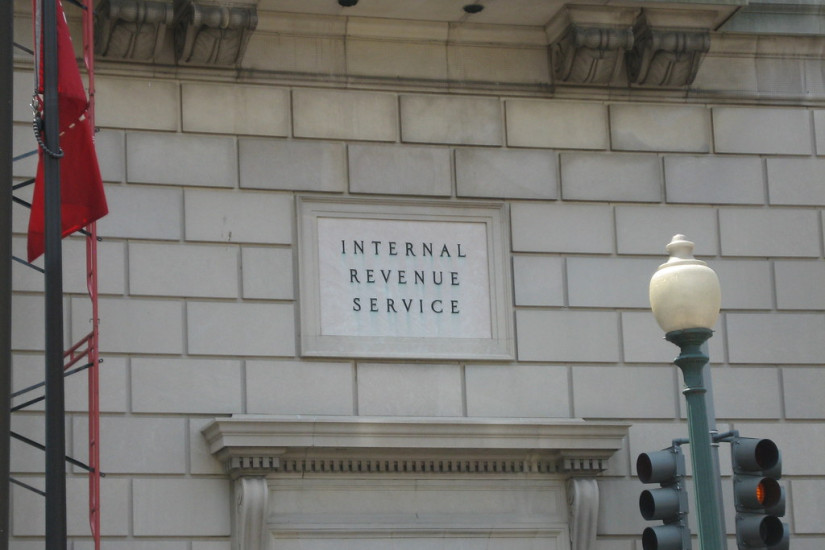In the summer of 2008, William Pfeil made a startling discovery: Hundreds of foreign companies that operated in the U.S. weren’t paying U.S. taxes, and his employer, the Internal Revenue Service, had no idea. Under U.S. law, companies that do business in the Gulf of Mexico owe the American government a piece of what they make drilling for oil there or helping those that do. But the vast majority of the foreign companies weren’t paying anything, and taxpaying American companies were upset, arguing that it unfairly allowed the foreign rivals to underbid for contracts.
Pfeil and the IRS started pursuing the non-U.S. entities. Ultimately, he figures he brought in more than $50 million in previously unpaid taxes over the course of about five years. It was an example of how the tax-collecting agency is supposed to work.
But then Congress began regularly reducing the IRS budget. After 43 years with the agency, Pfeil — who had hoped to reach his 50th anniversary — was angry about the “steady decrease in budget and resources” the agency had seen. He retired in 2013 at 68.
After Pfeil left, he heard that his program was being shut down. “I don’t blame the IRS,” Pfeil said. “I blame the Congress for not giving us the budget to do the job.”
Had the billions in budget reductions occurred all at once, with tens of thousands of auditors, collectors and customer service representatives streaming out of government buildings in a single day, the collapse of the IRS might have gotten more attention. But there have been no mass layoffs or dramatic announcements. Instead, it’s taken eight years to bring the agency that funds the government this low. Over time, the IRS has slowly transformed, one employee departure at a time.
The result is a bureaucracy on life support and tens of billions in lost government revenue. ProPublica estimates a toll of at least $18 billion every year, but the true cost could easily run tens of billions of dollars higher.
The cuts are depleting the staff members who help ensure that taxpayers pay what they owe. As of last year, the IRS had 9,510 auditors. That’s down a third from 2010. The last time the IRS had fewer than 10,000 revenue agents was 1953, when the economy was a seventh of its current size. And the IRS is still shrinking. Almost a third of its remaining employees will be eligible to retire in the next year, and with morale plummeting, many of them will.
The IRS conducted 675,000 fewer audits in 2017 than it did in 2010, a drop in the audit rate of 42 percent. But even those stark numbers don’t tell the whole story, say current and former IRS employees: Auditors are stretched thin, and they’re often forced to limit their investigations and move on to the next audit as quickly as they can.
